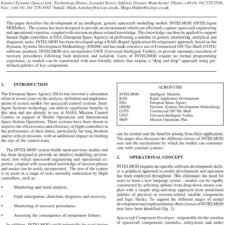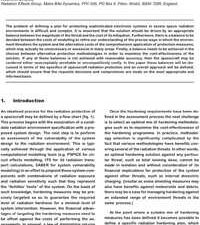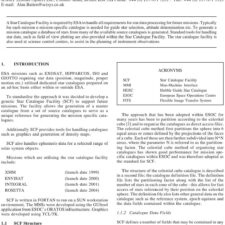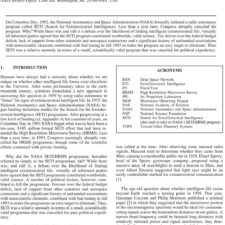The SKYLON Spaceplane
£5.00
R. Varvill; A. Bond (2004), JBIS, 57, 22-32
Refcode: 2004.57.22
Keywords: Spaceplane design, SSTO, SKYLON, SABRE, airbreathing propulsion.
Abstract:
SKYLON is a single stage to orbit (SSTO) winged spaceplane designed to give routine low cost access to space. At a gross take off weight of 275 tonnes of which 220 tonnes is propellant the vehicle is capable of placing 12 tonnes into an equatorial low Earth orbit. The vehicle configuration consists of a slender fuselage containing the propellant tankage and payload bay with delta wings located midway along the fuselage carrying the SABRE engines in axisymmetric nacelles on the wingtips. The vehicle takes off and lands horizontally on it’s own undercarriage. The fuselage is constructed as a multilayer structure consisting of aeroshell, insulation, structure and tankage. SKYLON employs extant or near term materials technology in order to minimise development cost and risk. The SABRE engines have a dual mode capability. In rocket mode the engine operates as a closed cycle liquid oxygen/liquid hydrogen high specific impulse rocket engine. In airbreathing mode (from take off to Mach 5) the liquid oxygen flow is replaced by atmospheric air, increasing the installed specific impulse 3-6 fold. The airflow is drawn into the engine via a 2 shock axisymmetric intake and cooled to cryogenic temperatures prior to compression. The hydrogen fuel flow acts as a heat sink for the closed cycle helium loop before entering the main combustion chamber.





